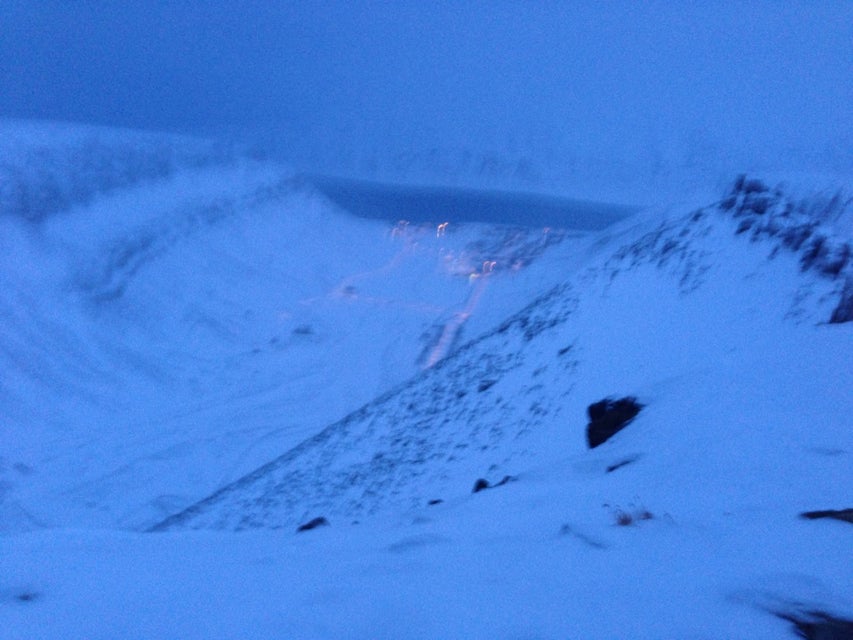Longyearbyen
Are you ready for an unforgettable adventure in one of the most remote and breathtaking places on Earth? Longyearbyen, the most northerly settlement in the world with a population over 1,000 people, is a spectacular destination that offers an extraordinary chance to witness the awe-inspiring northern lights. Nestled in the heart of the Svalbard archipelago, this charming town is surrounded by stunning mountains and vast arctic landscapes, making it the perfect base for your northern lights expedition.
Positioned well above the Arctic Circle, The Northern Lights season in Svalbard runs from late September until mid-March and the best time to view the auroras is typically between 6pm and midnight, while there is also a good period between 4am and 8am. For optimal viewing conditions, consider visiting during the Polar Night (from late November to mid-February), when the region experiences 24 hours of darkness, enhancing the visibility of the lights. In December and January, it’s even possible to see the Northern Lights around the clock – even in the middle of the day.
-

Credit: Christer van der Meeren
-

Credit: Francesco Ungaro
-

Credit: Francesco Ungaro
-

Credit: Tomáš Malík
-

Credit: Christer van der Meeren
-

Credit: Bjørn Christian Tørrissen
-

Credit: Martyn Smith
-

Credit: Sebastian Bjune
How are my chances of seeing the aurora today?
Many factors contribute to your likelihood of viewing the aurora in Longyearbyen. Geomagnetic activity, cloud cover and the amount of ambient light all play a big part. Check the forecasts for how good the viewing conditions are today.
5%
There is a 5% chance of seeing the aurora overhead in the Longyearbyen area (forecast for 6 November 2025 at 5:26pm UTC)
Kp 2.33
The Kp-index is a scale used to measure geomagnetic activity. It ranges from 0 to 9, with higher values indicating greater geomagnetic activity.
- 0-2 (Very low) Far north, quite dim, and not very active.
- 3-5 (Moderate) Can be seen further south, with increased brightness and activity. Chance of good viewing conditions nearer the pole.
- 6-7 (High) Visible in many northern regions, with vibrant displays.
- 8-9 (Extreme) Widespread visibility, often seen in areas much further south than usual, with intense and colorful displays.
Bz -2 nT
Bz refers to the north-south orientation of the magnetic field embedded in the solar wind. It is measured in nanoteslas (nT).
When Bz is negative (southward), it allows solar wind particles to penetrate the Earth’s magnetic field more easily. A strong negative Bz is often associated with increased chances of seeing the Northern Lights.
Conversely, when Bz is positive (northward), the Earth’s magnetic field tends to block the solar wind, resulting in reduced aurora activity.
Density 3.29 p/cm3
Solar wind density refers to the number of charged particles in a given volume of the solar wind, typically measured in particles per cubic centimeter (p/cm3).
A typical solar wind density is around 2.76 p/cm3.
The density of the solar wind affects how many particles reach the Earth’s magnetosphere. A higher density means more particles are available to interact with the Earth’s magnetic field. When these charged particles collide with the gases in the Earth’s atmosphere, energy is released in the form of light that we see as the aurora.
Speed 524.8 km/s
Solar wind speed refers to the velocity at which charged particles are ejected from the Sun’s outer atmosphere, known as the corona.
A typical solar wind speed is about 375 km/s. When both speed and density are high, the energy transferred to the Earth’s magnetosphere increases, enhancing the chances of seeing vibrant auroras.
Moon
Waning gibbous
Sunrise N/A
Sunset N/A
Snow
0°C Feels like -2°C
- High
- 0°C
- Low
- -5°C
-
Chance of precipitation 78%
-
Cloud cover 100%
-
Northerly winds 3 km/h
-
Snow 4 mm
Book an amazing adventure in Longyearbyen
Explore this selection of tours and activities to make the most of your visit to Longyearbyen.
-
Svalbard Discover the Mining Settlement of Pyramiden
5.0 (1)
8 hours From £852.70
What makes this tour unique is that it's catered to photographers and adventurers in that your private guide is more than just a tour guide – they’re a certified photographer and able to, apart from just showing you the sights, help you compose the perfect photograph in terms of composition, aperture, what lense to use and so forth. Add to that your certified photographer Photo Exploring guide will be together with you the whole day.
-
Explore the Legendary Town of Longyearbyen
No reviews
3 hours From £219.91
You’ll be picked up at your hotel by a local, experienced guide that will show you not only this fascinating town, but some of their favorite photography motifs as well. On this relaxing walking tour you’ll get intimate knowledge of off-the-beaten-path vistas and wind up with an unparalleled experience offered by no other services - in that ours is not just a tour of the city, but a tour based on photography. From late October to mid-February, Longyearbyen is wrapped in the magic of the polar night. Though the sun doesn’t rise, the soft blue twilight and snow-covered landscape create an unforgettable setting—perfect for capturing the northern lights and the unique Arctic atmosphere. During this period of time expect crisp, cold weather, typically between -13°C and -25°C (9°F to -13°F). The chill is part of the adventure—and with the right warm layers and sturdy winter boots, you’ll be comfortable and fully able to enjoy the serene beauty of the Arctic
-
From Longyearbyen photo tour: Mysterious Barentsburg
No reviews
10 hours From £852.70
What makes this tour unique is that it's catered to photographers and adventurers in that your private guide is more than just a tour guide – they’re a certified photographer and able to, apart from just showing you the sights, help you compose the perfect photograph in terms of composition, aperture, what lense to use and so forth. Add to that your certified photographer Photo Exploring guide will be together with you the whole day.
Places to check out around Longyearbyen
Discover Restaurants, Mountains, Museums and more…
-
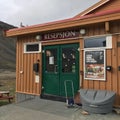
Coal Miner's Bar & Grill
BBQ Joint
-
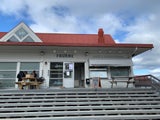
Fruene
Café
-
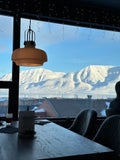
Funktionærmessen
Scandinavian Restaurant
-
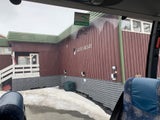
Galleri Svalbard
Art Gallery
-

Gruvelageret
Modern European Restaurant
-

Huset
Scandinavian Restaurant
-

Karlsberger Pub
Pub
-
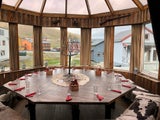
Kroa
Pub
-
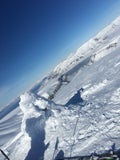
Lars Hiertafjellet (783 m)
Mountain
-

Lindholmhøgda
Mountain
-
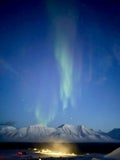
Longyearbyen Camping
Campground
-
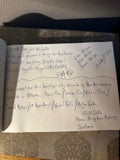
Mary-Anns polarrigg
Restaurant
-
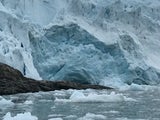
Nordenskiöldfjellet (1053 m)
Mountain
-
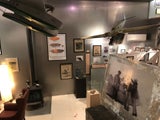
North Pole Expedition Museum AS
History Museum
-

Nuga
Sushi Restaurant
-
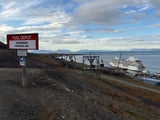
Platafjellet
Mountain
-
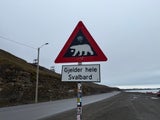
Polar Bear Sign
Monument
-
Pyramiden
Village
-
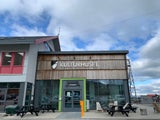
Rabalder Café & Bakery
Bakery
-
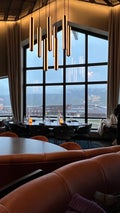
Restaurant Nansen
Scandinavian Restaurant
-
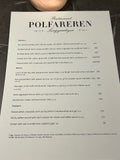
Restaurant Polfareren
Scandinavian Restaurant
-
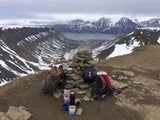
Sarkofagen (500 m)
Mountain
-

Spitsbergen Airship Museum
Museum
-

Stationen
Scandinavian Restaurant
-
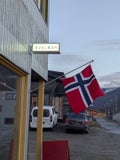
Svalbar
Bar
-

Svalbard Bryggeri
Brewery
-
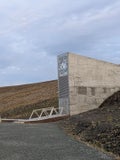
Svalbard Global Seed Vault
Structure
-
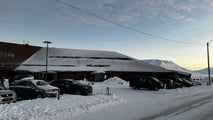
Svalbard Museum
History Museum
-
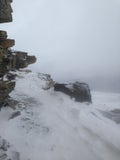
Trollsteinen (850 m)
Mountain
-

Vinterhagen Restaurant
Seafood Restaurant
See also
Aurora ForecastPlanning Your Northern Lights AdventureNorthern Lights PhotographyScience Of The AuroraNorthern Lights PlaylistNorthern Lights Myths And Legends


